The Reformation
“Historians like dates. And one of the dates that historians like best is October 31, 1517. On that day one monk with mallet in hand nailed a document to the church door in Wittenberg. It contained a list of Ninety-Five Theses for debate. The immediate concern was an indulgence sale to finance St. Peter’s Basilica in Rome and the Sistine Chapel - Michelangelo didn’t come cheap. Martin Luther, the mallet-wielding monk, could keep silent no longer. He got much more than debate, however. He and his list of Ninety-Five Theses triggered a Reformation that would sweep across the entire world. The world would never be the same. Luther’s act gave birth to the Protestant church, now nearly 600 million members strong. Luther’s act also brought the world out of medieval times and into the modern age.
The word reformation comes from the Latin verb reformo, which means “to form again, mold anew, or revive.” The Reformers did not see themselves as inventors, discoverers, or creators. Instead they saw their efforts as rediscovery. They weren’t making something from scratch but were reviving what had become dead. They looked back to the Bible and to the apostolic era for the mold by which they could shape the church and re-form it.
We study the Reformation because of what we can learn. We learn of the treasure of the gospel. We learn how easy it can be for the church to lose sight of its value. We learn of the origin of most of the practices of church life that we simply take for granted. We learn what doctrines should matter most.”
-Stephen J. Nichols The Reformation

